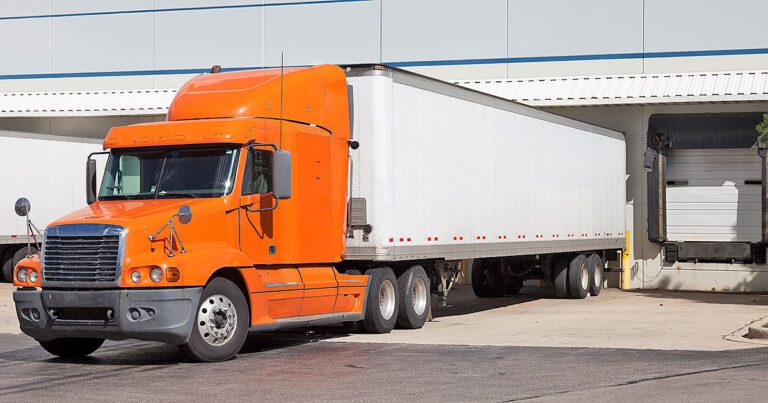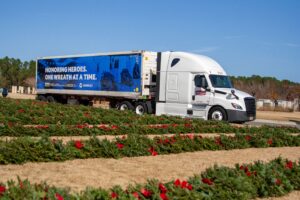COLUMBUS, Ind. — The backlog-to-build ratio for U.S. trailers increased to 9.9 months in January, reflecting a lower build rate since August 2021, according to ACT Research‘s State of the Industry: U.S. Trailers report.
The report said the industry is committed to the beginning of the fourth quarter of 2023.
“With four more build days in January relative to December, build was 4% higher month-over-month,” said Jennifer McNealy, director of commercial vehicle market research and publications at ACT Research. “That said, build per day decreased from the previous month’s unit-per-day rate. OEM conversations continue to suggest supply-chain constraints, including labor, are likely to remain a limiting factor to production in 2023.”
McNealy said 2023’s first month of net orders was nearly 58% below December’s intake surge, but only 9% lower than what was received in January of 2022. She said lower orders of both van types, as well as flatbeds, were offset somewhat by increased placement for lowbeds and tanks, with orders for dumps virtually unchanged.
“Demand overall remains strong, and cancellations are low, but we are hearing that some orders are being made to replenish dealer stock, rather than going directly to fleet customers,” McNealy said.
The Trucker News Staff produces engaging content for not only TheTrucker.com, but also The Trucker Newspaper, which has been serving the trucking industry for more than 30 years. With a focus on drivers, the Trucker News Staff aims to provide relevant, objective content pertaining to the trucking segment of the transportation industry. The Trucker News Staff is based in Little Rock, Arkansas.















When is the infrastructure to support these electric powered vehicles going to be in place? What is the ratio of range to recharge time of these vehicles? How do we pay for the power plants to charge these vehicles when what we have now is hard pressed to supply the demand that is now placed upon it? Look at the rolling brown outs that California experiences annually. What is the time factor related to building new power plants or to reconfigure the older plants to supply the demand for the power needed for these vehicles? What source of power will generate the power that these vehicles will require? With coal and oil being on the list that is detrimental for the environment, solar or wind will not generate enough power to keep these vehicles on the road. The Idea of these vehicles I personally thing is great. However, there is a very large gap between concept and reality and having the technology to achieve the reality of the concept I don’t believe is in place. Why build a cart if you don’t have a horse to pull it?